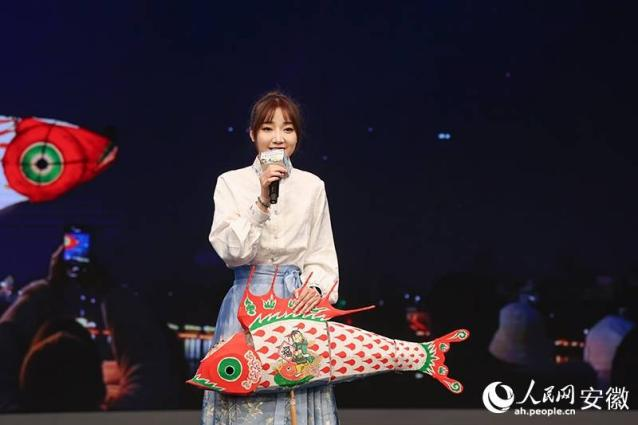
Wangmantian Fish Lantern is a folk intangible cultural heritage of Wangmantian Village, Xitou Town, Shexian County, Anhui Province, with a history of more than 600 years. It originated in the early Ming Dynasty and developed into an important folk activity in the early years of the Guangxu reign of the Qing Dynasty. The Wang Mantian fish lantern is not only an important part of Huizhou culture, but also symbolizes the beautiful meaning of “peaceful countryside, harmonious coexistence, and surplus every year”
The production process of Wang Mantian fish lanterns is extremely exquisite, using bamboo slices as the skeleton, baking and bending to form, and then using cotton paper to paste the surface, painting exquisite fish heads, scales, fins, and tails. The prominent “king” character on the fish head is particularly distinctive. The large fish lantern is about 7 meters long and 3 meters high, with over 100 candles lit inside. The fish mouth has a flame spraying device and requires more than 20 people to lift and swim; The small fish lantern is only a few meters high and can light a few candles
Wang Chunyan, the inheritor of the intangible cultural heritage of Wang Mantian fish lanterns.
Growing up under the influence of fish lantern culture since childhood, dedicated to the inheritance and innovation of fish lantern making techniques. She not only continuously improves her skills, but also actively spreads and promotes fish lantern culture by establishing the “One Fish Lantern” museum and conducting research and learning activities on fish lantern culture
Wang Chunyan started to be exposed to fish lanterns at the age of 10 and became the “fish head” of the ancestral fish festival at the age of 16, demonstrating her talent and passion in making fish lanterns. She studied under several skilled fish lantern makers, mastering all the skills from making fish bones to coloring, and has been constantly learning and innovating
Wang Chunyan not only inherits the fish lantern culture locally, but also actively brings fish lanterns out of the countryside, participates in various exhibitions and activities, and even promotes fish lantern culture to big cities such as Shanghai, striving to let more people understand and love this traditional skill. She founded the “One Fish Lantern” museum in Shexian County as a showcase and exchange center for fish lantern culture, while also guiding tourists to experience Wang Mantian’s culture and scenery in depth




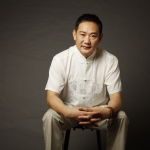

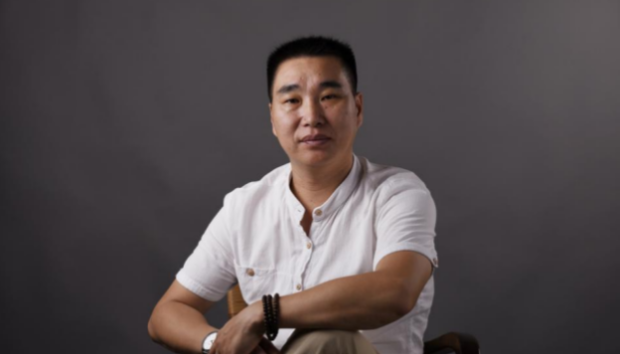


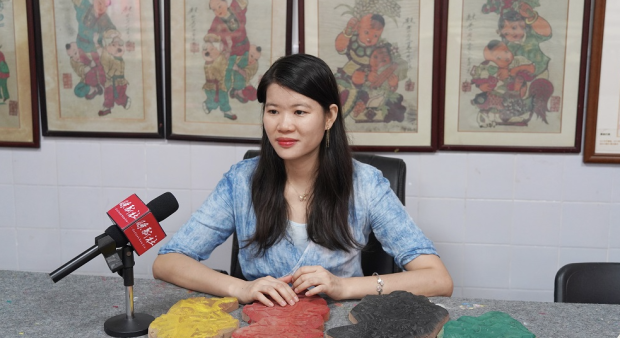

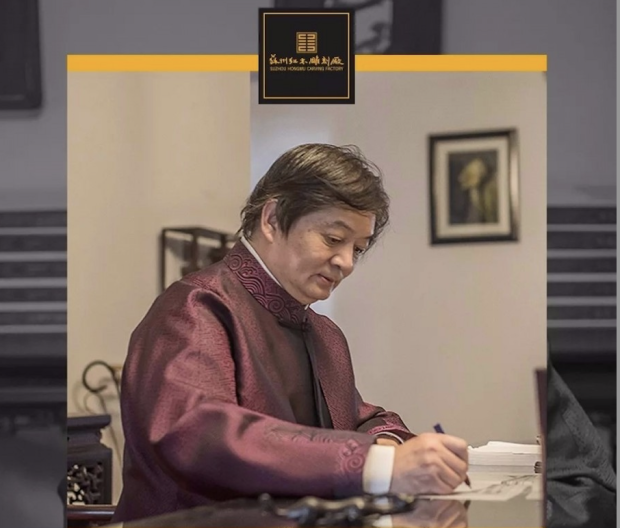

Be the first to leave a comment